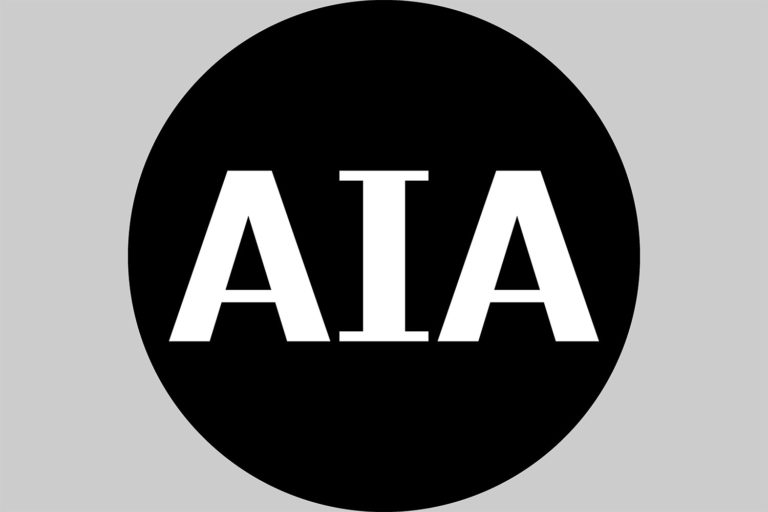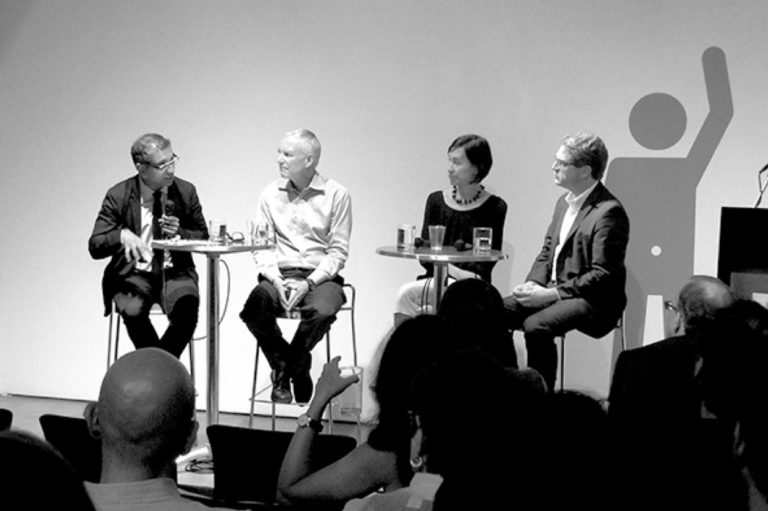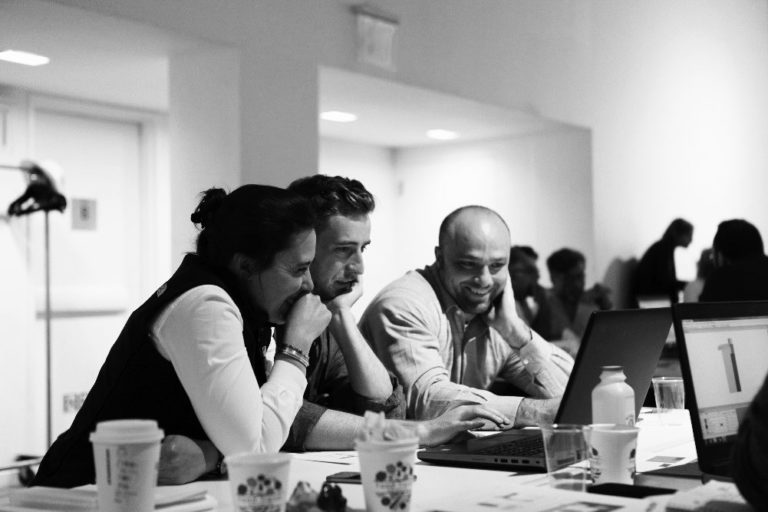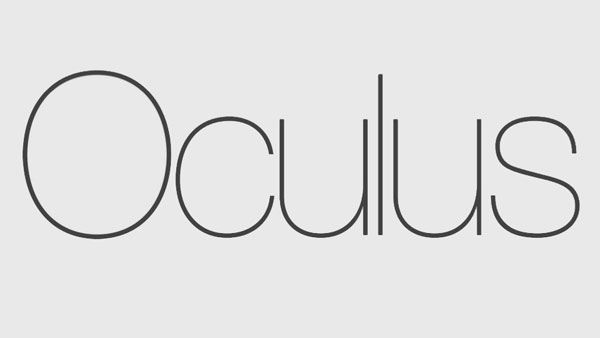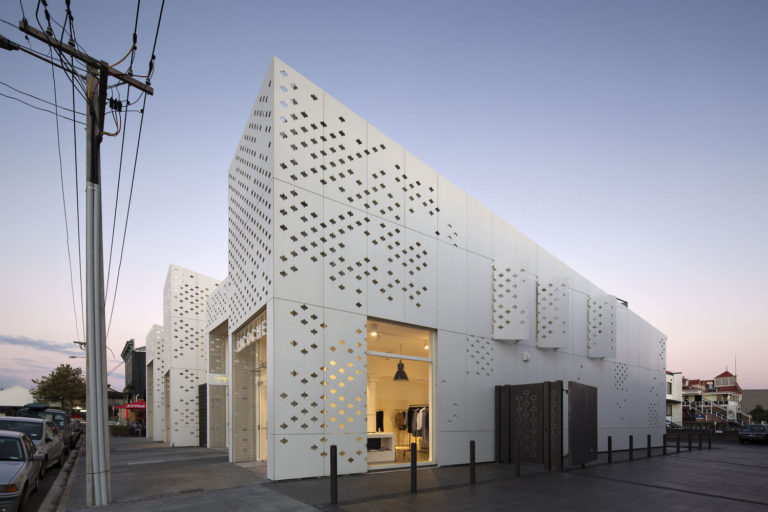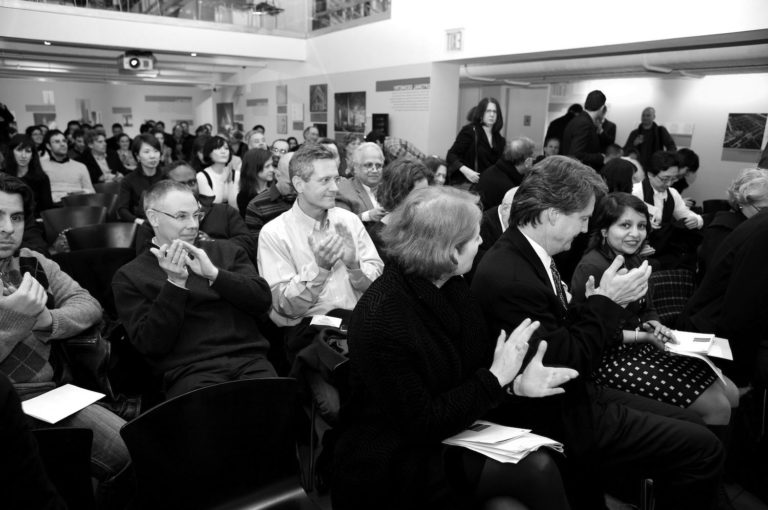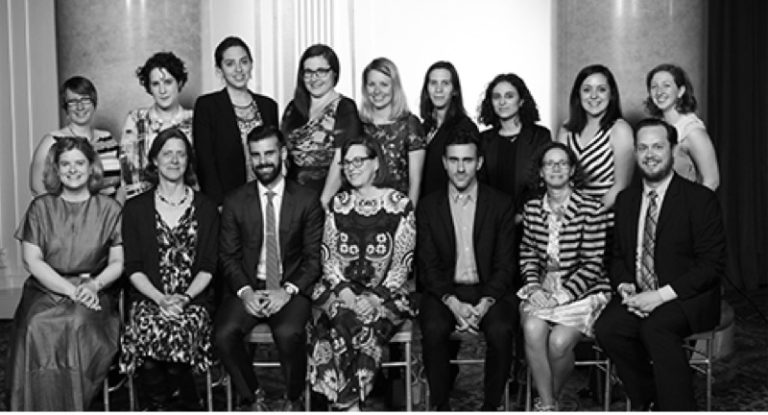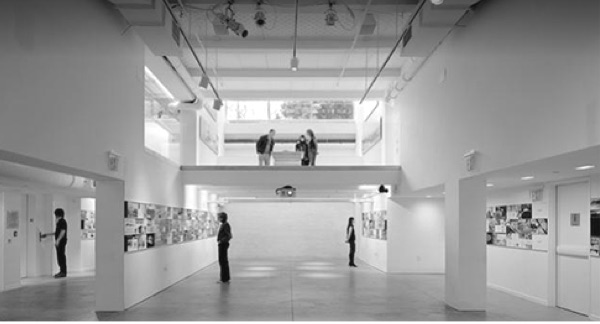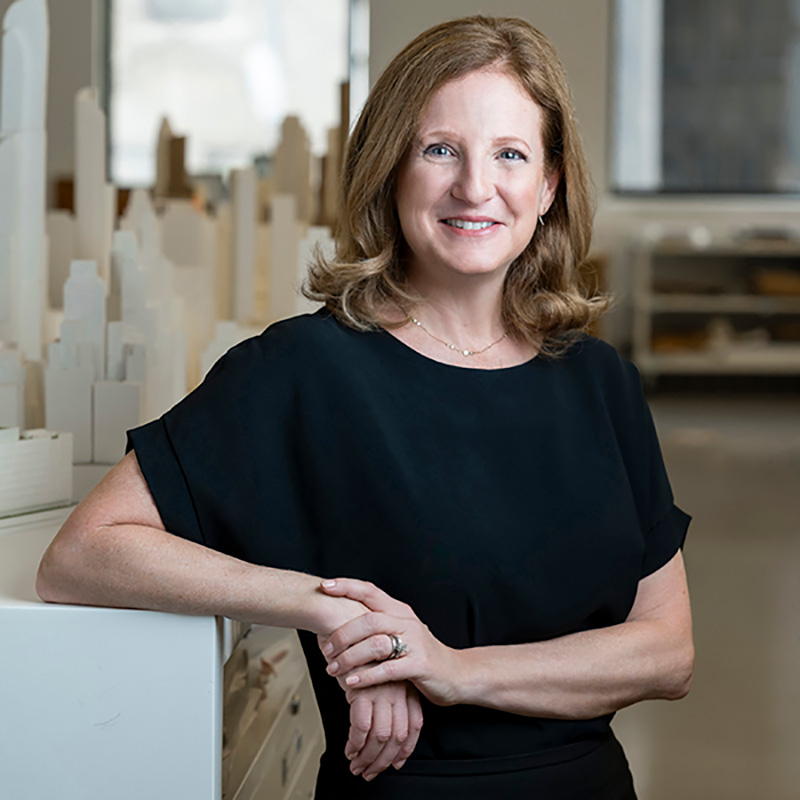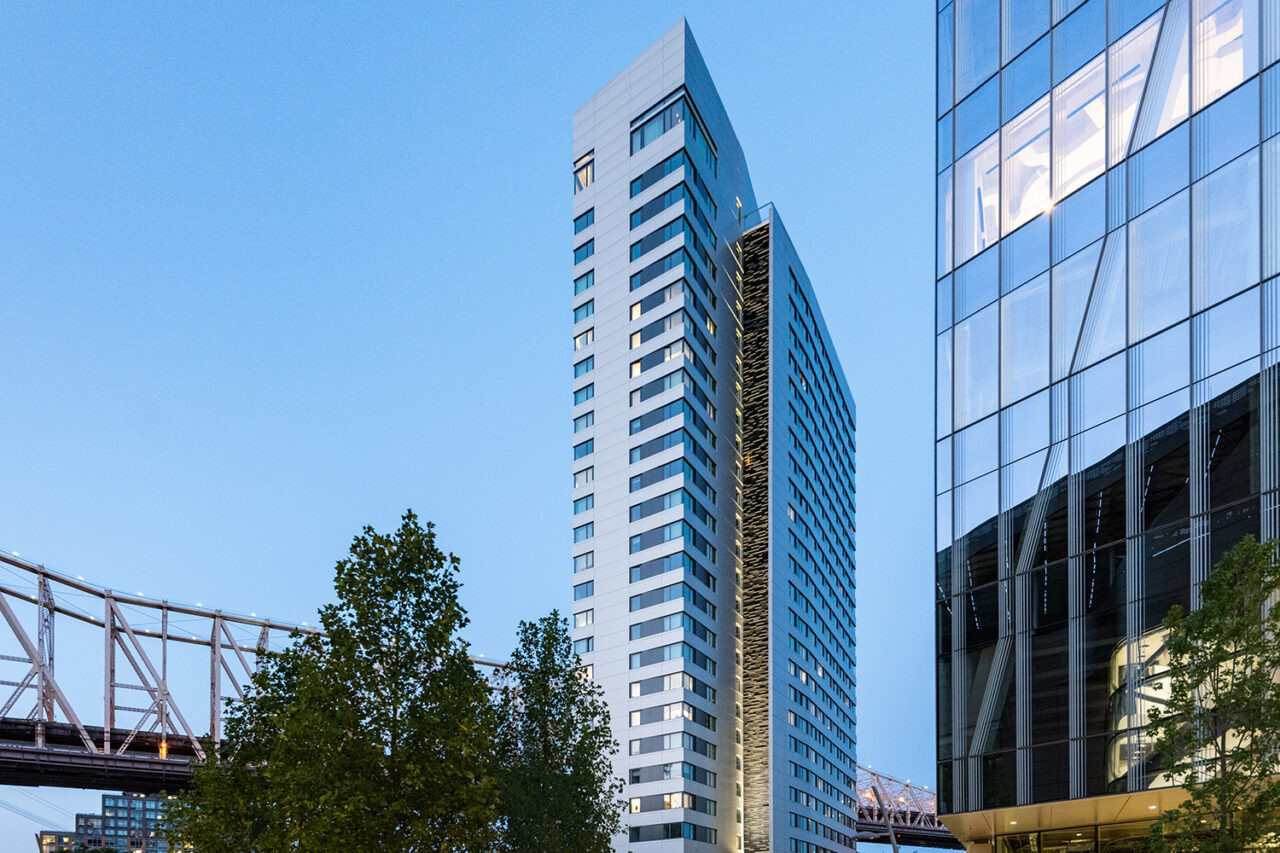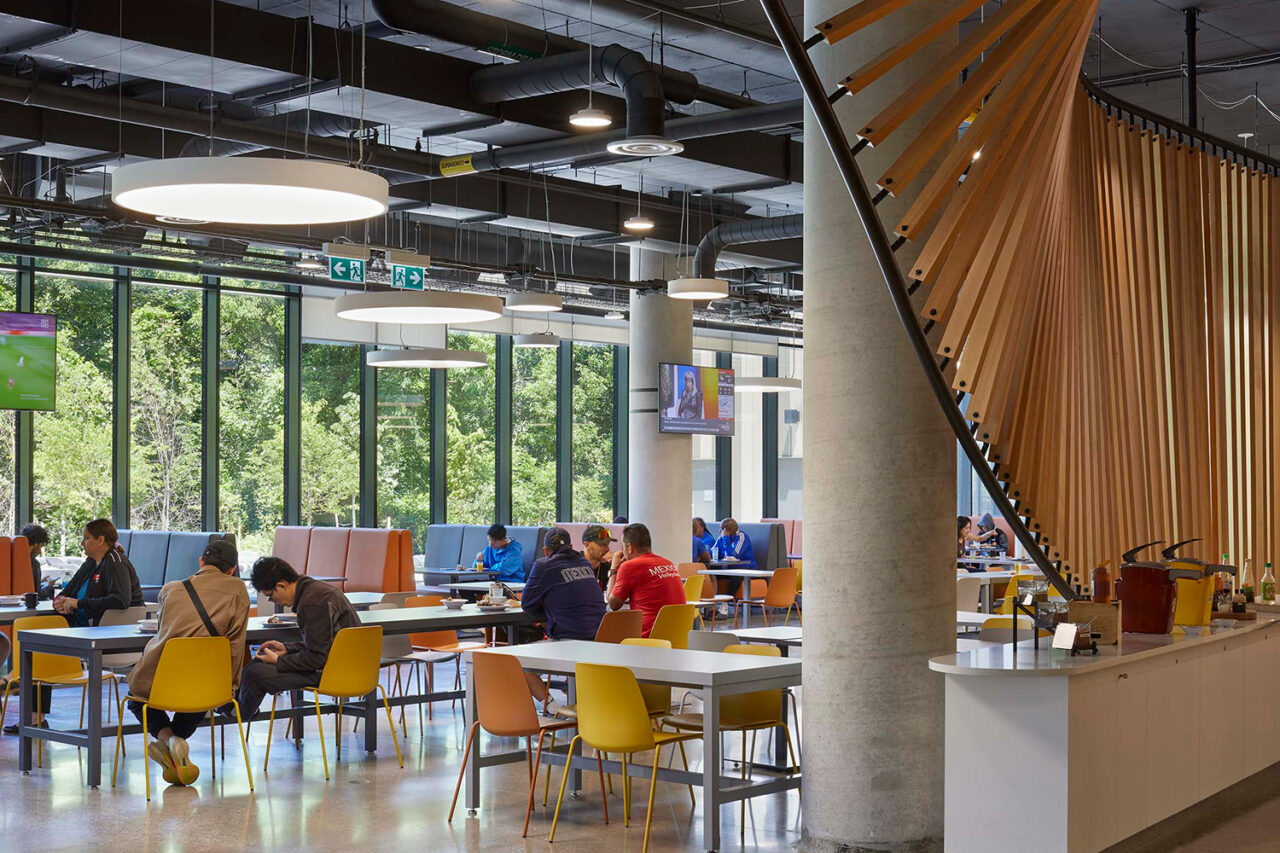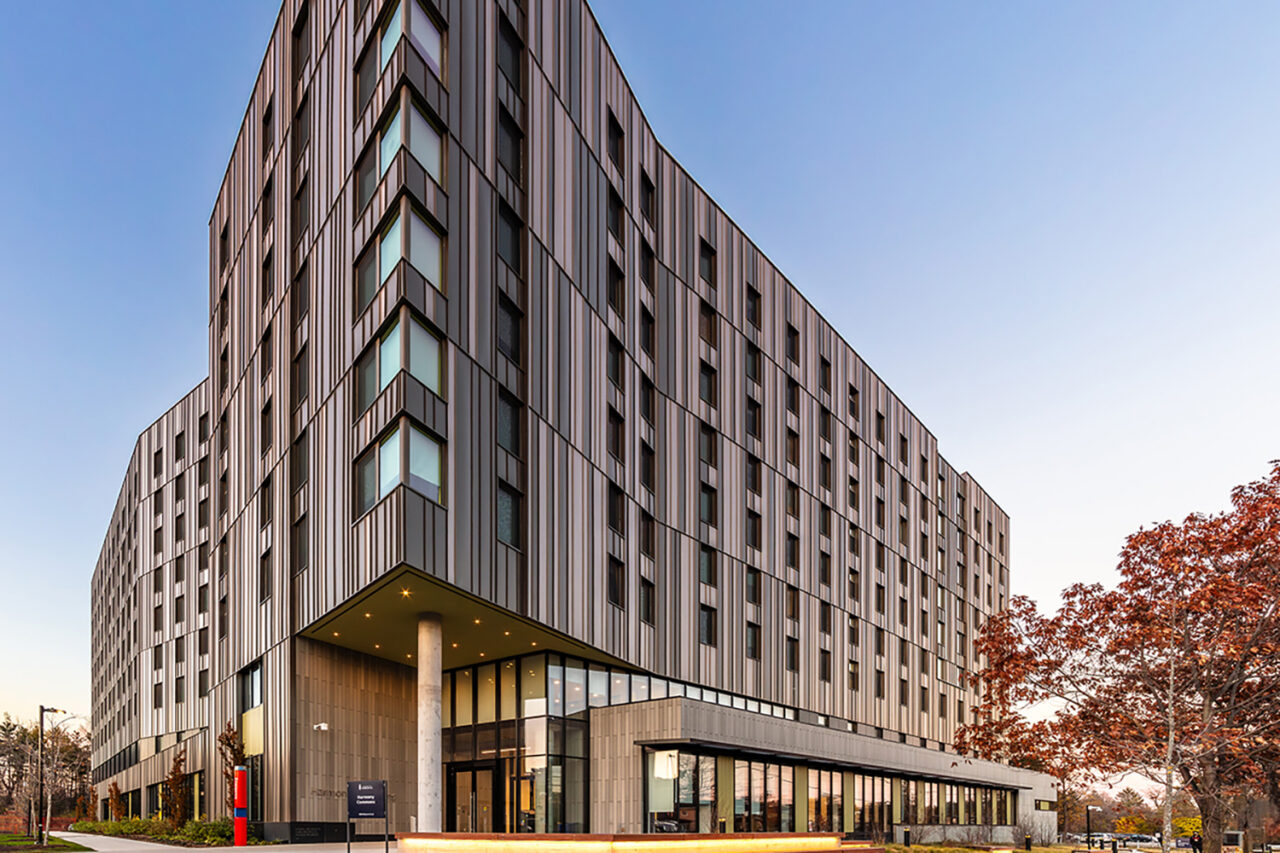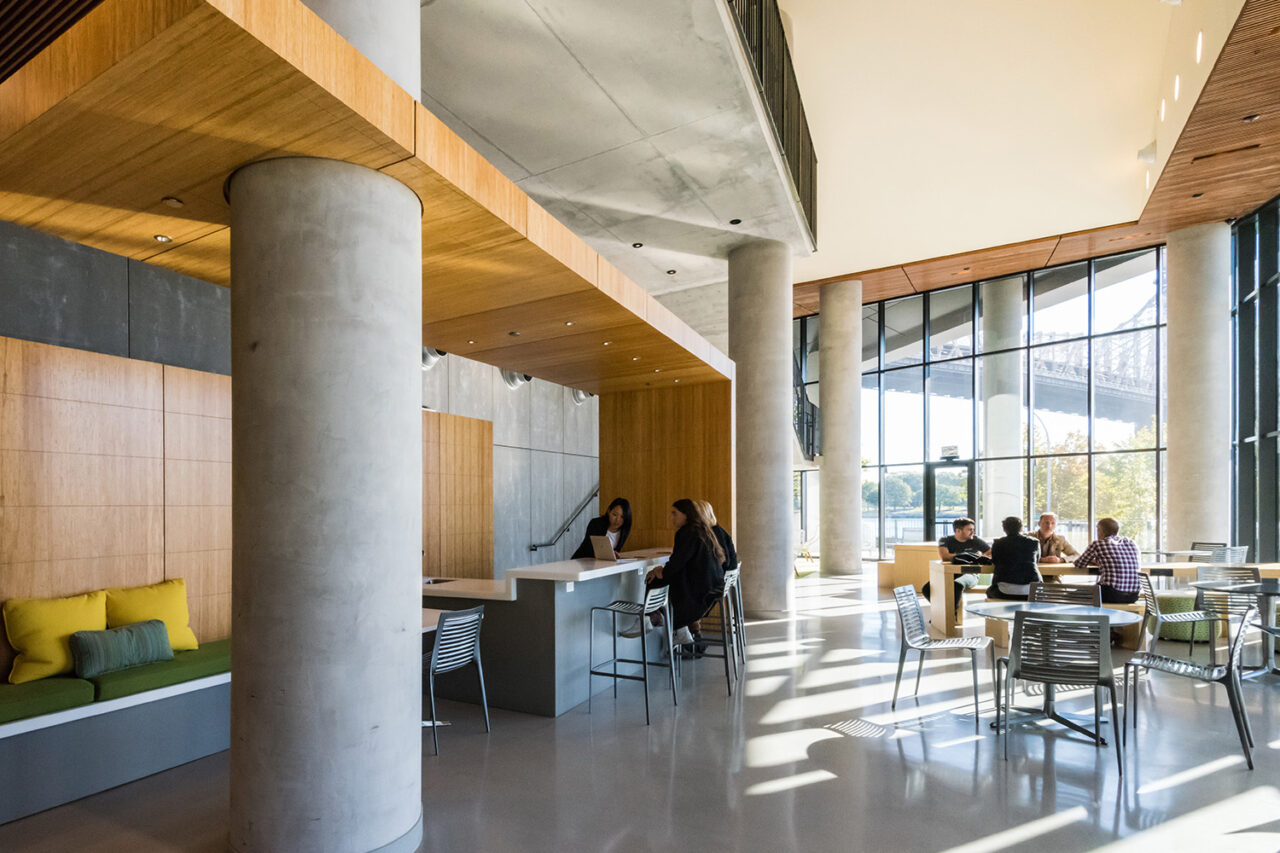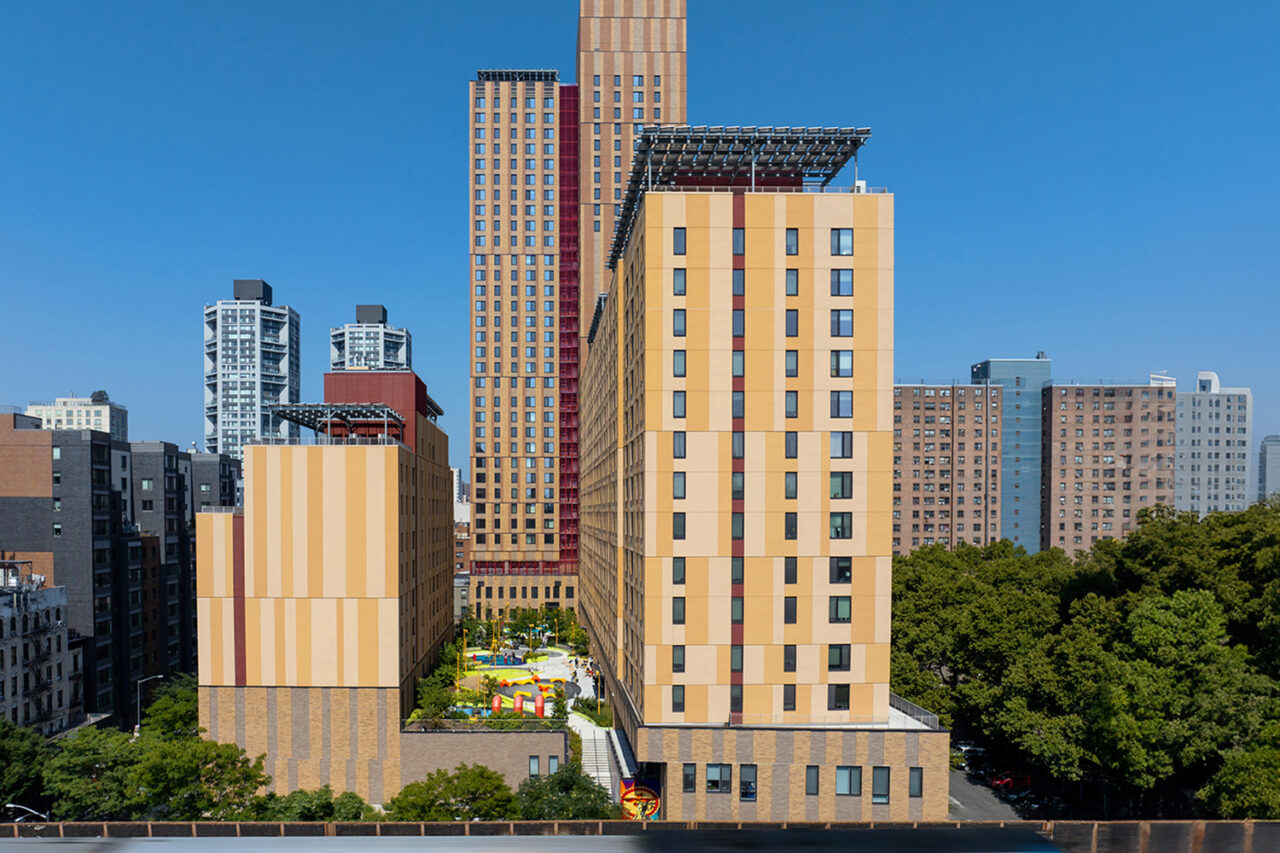by: AIA New York
Deborah Finkelstein Moelis, FAIA, is a principal and initial member of Handel Architects. She has lectured extensively on the principles of Passive House design and was the principal in charge of The House at Cornell Tech, Sendero Verde, and the University of Toronto’s Harmony Commons—three transformative buildings that have had a profound impact on the building industry due to their achievements in sustainable design. Prior to joining Handel Architects, Moelis received her Master of Architecture degree from Columbia University and her Bachelor of Fine Arts and Bachelor of Science degrees from the University of Michigan. She is a licensed Architect in New York and California and received her Certified Passive House Designer credentials in 2016.
This year, the Jury of Fellows of the AIA elevated Moelis to its prestigious College of Fellows in the second category of Fellowship, which recognizes architects who have made efforts “to advance the science and art of planning and building by advancing the standards of practice,” according to the organization’s definition. Moelis was honored for her work inventing and implementing sustainable solutions, changing the building industry, designing resilient futures for diverse populations, and vigorously sharing her expertise to empower her peers, developers, institutions, and governments. Only three percent of the AIA’s membership is distinguished with Fellowship. Moelis’ distinction was celebrated at the AIA Conference on Architecture from June 4–7 in Boston, MA, as well as at the Center for Architecture during the 2025 New Fellows Celebration on Wednesday, March 19, from 6:00–8:00pm.
Q: What do you see as an architect’s role—and responsibility—within our culture?
Architects have a responsibility to help our clients make the best decisions possible. Decisions that affect how the building will be experienced and how the building operates. By baking in some smart day one decisions, current technologies of how to both assemble and service a building allow us to protect and enhance users’ health and wellness and tread lightly on the environment. This is an incredible opportunity and one that requires intense awareness and constant study on the part of architects.
Q: What are some of your favorite recent projects that you’ve worked on?
Currently working on a project for the Grand Street Guild in collaboration with Catholic Homes… 100% affordable Senior Housing, Passive House. I’ve been working with the Guild for close to a decade, and have put up another building for them as well. They are a wonderful client that really cares about the architecture, the residents’ living experience, and with providing spaces necessary for the meaningful supportive services they offer. It’s been wonderful to watch the team put together this Passive House building with little pain since we’ve now got a handle on the process, the questions to ask, and since the details that have become typical for us. The conversation with the owner, contractors, and HPD—it’s all become clearer, easier.
Q: What do you think are the biggest challenges, or opportunities, facing cities today?
Making clean energy. In my work and our current projects, we are pushing to electrify everything. Our profession, industry, and state and city governmental agencies have all risen to the occasion—even the domestic hot water heat pumps in one of my current jobs are designed to be electrically powered. This is a testament to advances that have been made on the technology and engineering side of the equation. The elephant in the room is how this energy is made. Burning coal to make electricity is not a way forward. Our cities need to continue full speed ahead with improving our capabilities to make clean energy.
Q: What has been particularly challenging in your recent work?
It’s challenging to know how far to push and how and when to speak about sustainability. Recently, I was involved in a competition, and in the interview, I said the words Passive House a few times and later found out that was a factor in our losing the job—the client perceived too much emphasis on sustainability. I’m continuing to learn how to integrate new technologies into my work to move clients forward without jeopardizing a commission.
Q: How do you feel about the state of the industry right now?
My work focuses primarily on multi-family housing, and I’m encouraged that we have the tools and the knowledge to build this typology in a way that can lower the burden on the environment and improve the health and wellness of the users. The documented lowering of asthma and allergies for folks that live in the projects that I have built is awesome. I am worried that we are not building more. The industry has slowed due to the economic and political realities of our current time. While governments say that more housing is wanted, the mechanisms for making that happen are stymied, and this is a very concerning situation.
Editors’ Note: This feature is part of a series celebrating the members of the American Institute of Architects (AIA) New York Chapter who are elevated each year to the AIA College of Fellows, an honor awarded to members who have made significant contributions to both the profession and society. Learn more about Fellowship here.
